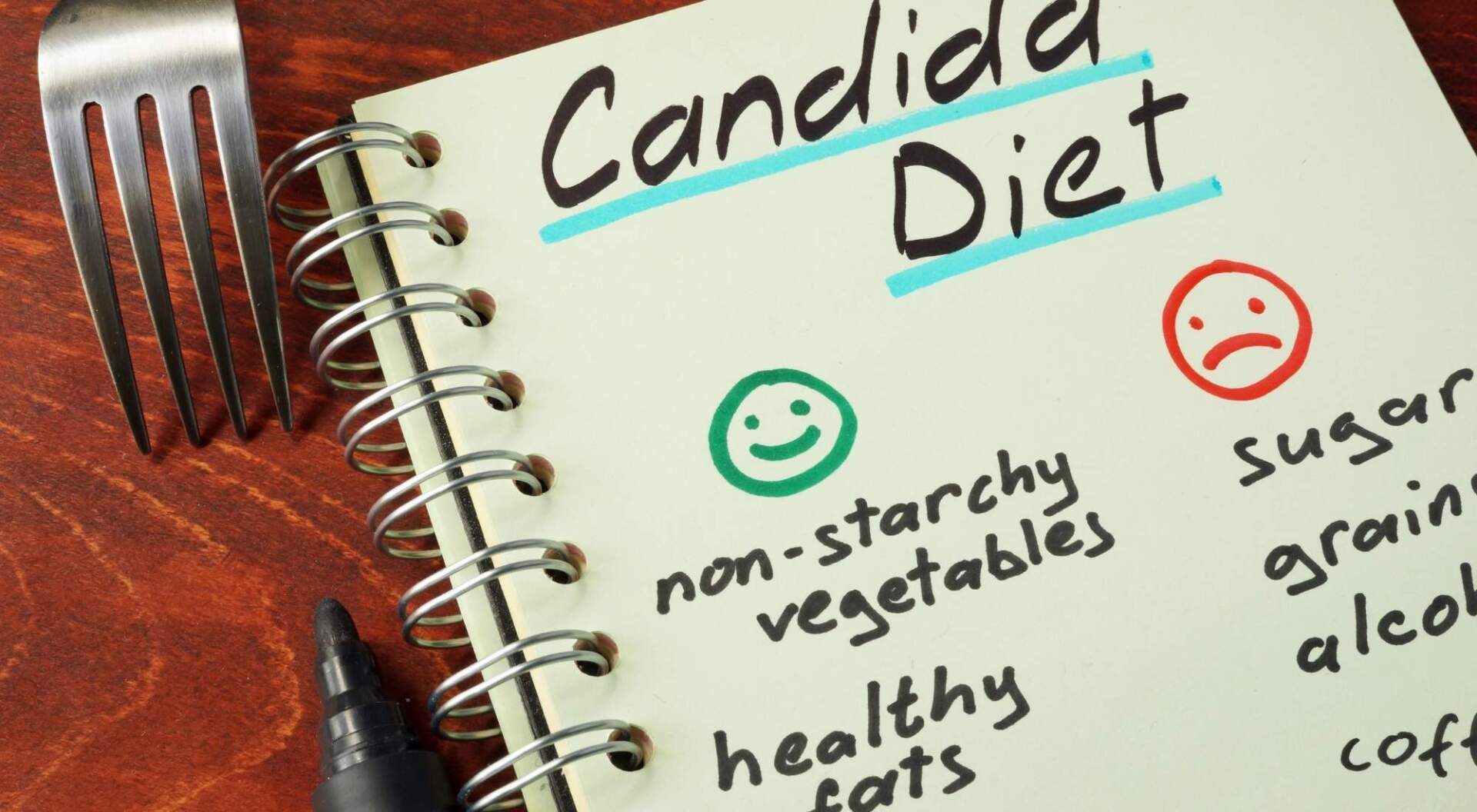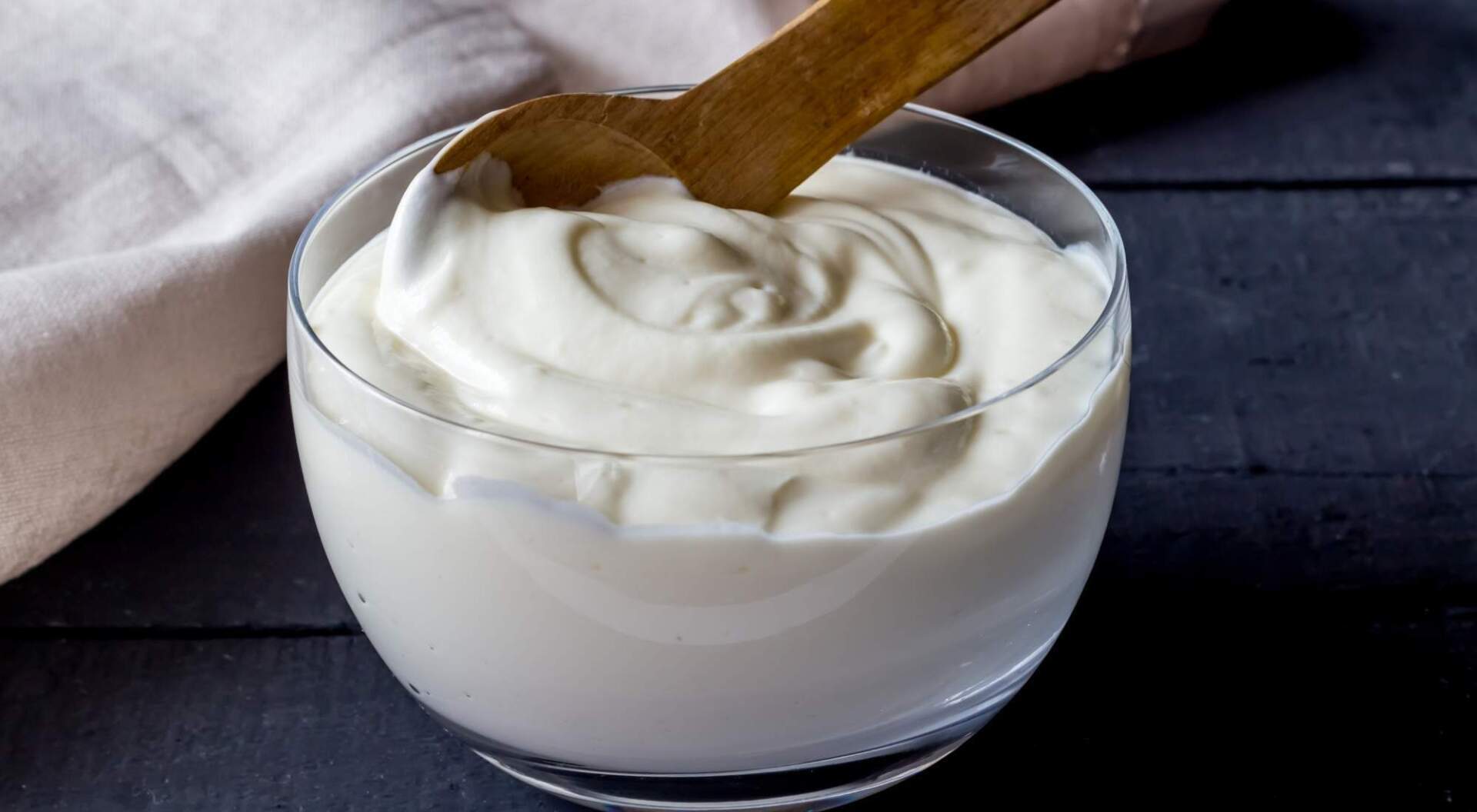Probiotics and Candida: How Probiotics May Build Your Body’s Defense Against Candida Overgrowth
"The content below is not intended to be a substitute for professional medical advice, diagnosis, or treatment. Always seek the advice of your physician or other qualified health provider with any questions you may have regarding a medical condition."
Candida is very good at thriving and can spread quickly — making it difficult to combat.
Candida overgrowth can trigger many unpleasant symptoms like …
- Fatigue
- Cognitive issues
- Headaches; and
- Leaky gut syndrome
… to name a few.
If you’re struggling with candida overgrowth, you’re likely exploring the relationship between probiotics and candida.
You’ve arrived at the right place.
We’re here to guide you on using probiotics to treat candida, why they work, and how to choose a probiotic that will work for you.
Table of Contents
What Are Probiotics?
Probiotics (often referred to as ‘good bacteria’) are living microorganisms that offer health benefits when they are consumed as a dietary supplement or applied to your body in the form of creams or other topical solutions.
The good bacteria in probiotics can help with:
- Digestion
- Fighting off bad bacteria
- Destroying cells that cause disease
The most common microorganisms used in probiotics belong to the bacteria groups …
- Lactobacillus
- Bifidobacterium
- Streptococcus
- Enterococcus
- Escherichia
- Bacillus
… and the ‘good yeast’:
Saccharomyces boulardii.
How Do Probiotics Affect Candida Overgrowth?
Every healthy gut has good bacteria. Candida overgrowth occurs when the balance of good bacteria and bad bacteria in your gut is thrown out of proportion.
Factors that contribute to candida overgrowth include:
- An unbalanced diet (especially a diet high in sugar and preservatives)
- Stress
- High alcohol intake
- Certain medications
- A weakened immune system
No matter where a candida overgrowth infection occurs (skin, mouth, vagina, etc.), it often originates in the gut. Let’s take a look at two ways you can utilize probiotics to treat candida:
- Use a probiotic supplement of high quality (which we’ll discuss shortly) to help restore and maintain the balance of good bacteria in your gut — which can prevent candida infection.
- Consider strains of probiotics that produce lactic acid and other compounds with antifungal properties. This makes an environment significantly less ‘friendly’ for candida — resulting in the reduction of infection.
Do You Need Probiotics to Treat Candida Overgrowth?
Although using probiotics for candida overgrowth is a natural, simple method for prevention and treatment, it is not the only way.
Candida overgrowth can also be managed via:
- Dietary changes
- Lifestyle changes
- Antifungal medications
It’s important to note that candida is very good at thriving and can grow quickly. It’s best practice to meet with a healthcare professional to decide on the right course of treatment.
At HealthierU, we use Nutrition Response Testing to discover the root cause of your overgrowth. We outline a candida treatment plan tailored to the results of your testing.
Can Probiotics Make Candida Worse?
Probiotics won’t make your candida overgrowth worse, but know that not all probiotic strains will be effective against every type of candida overgrowth.
Note that habitually using the same probiotics without introducing varying strains may make your probiotic supplement(s) less effective.
Probiotics often need to be used along with lifestyle and dietary changes.
For example, if you start utilizing probiotics to treat candida but don’t change how you eat — continuing to have a high sugar intake, consuming processed foods, alcohol, etc. — you may not see optimal results.
Consuming a Large Amount of Probiotics May Have Uncomfortable Side-Effects
For most of the population, probiotics are safe with little to no side effect.
However, some people may experience some negative side-effects of probiotics, including:
- Digestive issues: gas, bloating, and thirst
- Headaches
- Increased histamine levels
If you experience negative side effects, you can work your way up to the recommended dose and frequency or try a different brand or combination of strains.
How to Use Probiotics for Candida Overgrowth
As mentioned above, candida overgrowth can occur in various parts of the body. The type of overgrowth or infection can dictate what strain and method of probiotic for candida will be most effective.
There are several different methods of introducing probiotics into your system, including:
- Supplements
- Vaginal suppositories
- Dietary changes
To choose the best course of action when starting a probiotic, consider discussing your symptoms with a professional like Dr. Sergi at HealthierU.
Dietary Supplements
Probiotic supplements are typically manufactured in capsule form and are one of the most commonly used dietary supplements. They are so popular that, according to Global Market Insights, the probiotic market is projected to be worth 64 billion dollars by 2023.
Depending on the brand of supplement you choose, you may take 1 or 2 capsules daily. Some supplements can be stored at room temperature, while others require refrigeration.
Before choosing a supplement you should research the following factors (and consider deciding on the best option with the help of your primary care physician):
- Brand
- The strains contained in the supplement
- What the intended use is (some strains are better for certain types of overgrowth and infection)
- Number of colony-forming units (CFUs) per gram
- Storage requirements
Vaginal Suppositories
Some women may opt to try probiotics as vaginal suppositories to treat conditions like bacterial yeast infections and bacterial vaginosis.
Although this type of probiotic will likely not have any significant side effects or cause any harm,
there isn’t a lot of
research on probiotic suppositories, and any evidence that they are effective is minimal.
Foods Containing Probiotics
An extremely natural method of incorporating probiotics into your diet is to consume foods that contain probiotics.
Foods and drinks highest in probiotics are fermented options such as:
- Kombucha
- Yogurt
- Some cheeses
- Kefir
- Pickles
- Miso
- Tempeh
- Sauerkraut
- Kimchi
- Sourdough bread
The fermentation process allows natural bacteria to feed on the sugars and starches found in foods, generating lactic acid This creates an environment that is not conducive to candida growth.
There are no set guidelines on the quantity of fermented food you should eat to boost your probiotic intake, so it’s best to incorporate a variety of foods as often as you can.
3 Benefits of Using Probiotics for Candida
There is a multitude of
benefits you may experience when incorporating probiotics into your diet. Below, we’ll discuss the benefits specific to probiotics and candida.
#1: Probiotics Support Digestion
The beneficial bacteria that naturally occur in our digestive tract break down the food we eat through a process of fermentation so it can be properly absorbed by our bodies. This includes nutrients, water, and electrolytes — all of which support a healthy body and immune system.
Candida overgrowth can lead to low levels of beneficial bacteria, which can impact fermentation — slowing the digestive process and impairing nutrient absorption.
An unhealthy digestive system can lead to symptoms like:
- Gas
- Bloating
- Diarrhea
- Low energy levels
- Weakened immunity
Using
probiotics to treat candida can help restore the balance of good and bad bacteria to support healthy digestion.
#2: Probiotics Improve and Maintain Gut Health
Remember that candida overgrowth typically occurs in the gut when the balance of bad bacteria and good bacteria is thrown out of proportion.
One of the factors in this precarious balance is your gut acidity. On a pH scale, your intestines should be between a 4 and a 6 — which is slightly acidic.
Many things can upset the acidity of your intestines, including antibiotic and antacid use. When your gut is insufficiently acidic or possibly alkaline, it becomes a prime environment for candida to thrive.
Probiotics can help restore the levels of good bacteria in your gut to boost the production of lactic and acetic acids and restore acidity levels.
#3: Probiotics Promote the Production of Nutrients and Enzymes
In addition to supporting healthy digestion, probiotics help your body create and absorb beneficial nutrients and enzymes.
The enzymes produced when probiotics go through the fermentation process in your digestive tract help break down many types of food, including fats and proteins. The nutrients produced include vitamins B and K and fatty acids.
These enzymes and nutrients help with:
- Tissue repair
- Tissue maintenance
- Cognitive function
- Energy production
What Are the Best Probiotics to Treat Candida?
Unfortunately, there is no ‘best’ probiotic. The probiotic that may work well in your body will likely be different from the probiotic that works best for your family members, friends, etc.
The best probiotics for candida overgrowth will also depend on the type and location of your symptoms.
In general, the best and safest probiotics should:
- Contain microbes that are alive at the time of consumption
- Contain at least 1 million CFUs per gram
- Be of human origin
- Use strains that have been identified genetically and are properly designated by name
- Be designed for your specific disease, infection, or symptoms
- Be taken in an appropriate dosage
How Long Does it Take for Probiotics to Treat Candida?
Boosting the number of beneficial bacteria in your gut to treat candida can take time – and for probiotics to work, they should be taken consistently.
Everyone is different, and all bodies will respond at their own pace. You may start to see results and a reduction of symptoms in 2-3 weeks, or it could take longer.
There are a few things you can do to help the process along:
- As mentioned above, be consistent: take your recommended dose (no less) at the recommended frequency.
- Ensure the strain of probiotics you’re using aligns with your intended use.
- Combine your probiotic with a prebiotic.
If Probiotics for Candida Aren’t Enough, Consider Nutrition Response Testing to Help Overcome Candida Overgrowth
If you decide to try probiotics on your own and don’t see results, or if you’d like a professional opinion and guidance on the best probiotic for your unique situation, come see us at HealthierU.
At HealthierU, we use Nutrition Response Testing to identify the specific cause of your candida overgrowth.
Based on the results, we’ll design a personalized treatment plan that can restore your body to proper working order and may help relieve your symptoms for good. We’ll also provide insight into dietary changes that can prevent future candida overgrowth.
Book an appointment with Dr. Sergi today!






